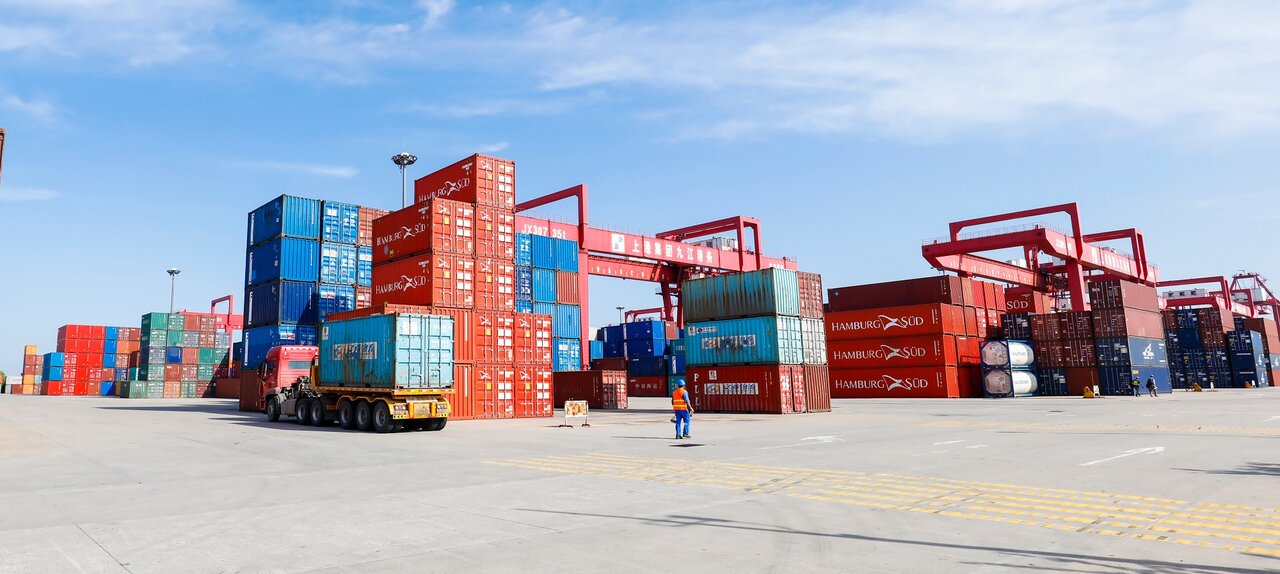Belt and Road Initiative fuels record China–Central Asia trade

BEIJING — Economic cooperation between China and Central Asia has reached unprecedented levels, with trade volumes expanding consistently over the past twelve years, according to Sunday's customs data.
Central Asia holds special significance as the birthplace of the Belt and Road Initiative (BRI) and has become a demonstration zone for high-quality BRI cooperation, showcasing the tangible benefits of this visionary framework.
Data released by China's General Administration of Customs (GAC), showed commerce between China and the five Central Asian nations, namely Kazakhstan, Kyrgyzstan, Tajikistan, Turkmenistan and Uzbekistan has more than doubled, jumping from 312.04 billion yuan ($43.48 billion) in 2013 to 674.15 billion yuan in 2024—a remarkable 116% expansion. This represents an average yearly growth rate of 7.3%, significantly exceeding China's overall trade growth during the same timeframe.
Trade momentum has continued into 2025, with January-May figures hitting 286.42 billion yuan, a 10.4% increase compared to the previous year.
Enhanced overland connectivity through BRI infrastructure projects has been instrumental, with road transport now accounting for 51.8% of trade with the region, up sharply from 19.9% in 2020.
This robust regional performance complements China's broader trade resilience, as detailed in a GAC release earlier this month. National trade volumes expanded by 2.5% year-on-year in the first five months of 2025, reaching 17.94 trillion yuan ($2.5 trillion).
The sustained expansion of China's trade sector, with Central Asia serving as a prime example of successful BRI implementation, reinforces optimism in meeting Premier Li Qiang's 2025 growth target of approximately 5%. At the same time, these developments underscore the diminishing returns of restrictive trade policies imposed by foreign nations.
China's trade performance transcends mere numbers—it sends a powerful message. It confirms that attempts at economic containment are ultimately counterproductive. It highlights the success of domestic innovation and industrial modernization in building economic self-sufficiency.
Most importantly, the Central Asia success story demonstrates how the BRI framework can create win-win cooperation and shared prosperity. Rather than hindering China's advancement, foreign trade restrictions have only served to emphasize the ineffectiveness of such measures against a dynamic, technologically advancing economy firmly committed to its long-term growth strategy and global partnerships.
The Central Asia model proves that when nations work together under the BRI principle of mutual benefit, they can achieve remarkable economic transformation and build resilient supply chains insulated from geopolitical pressures. This regional success provides a blueprint for broader international cooperation under the BRI framework.
Leave a Comment